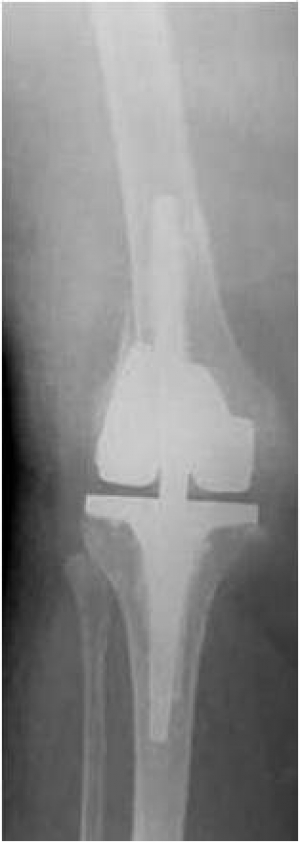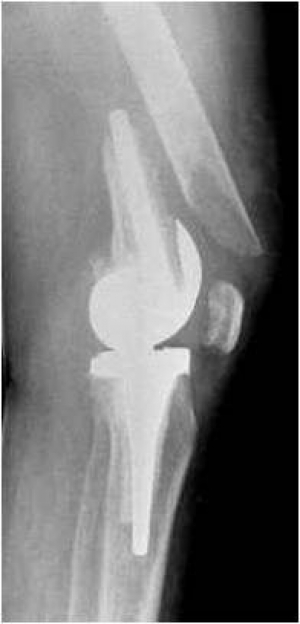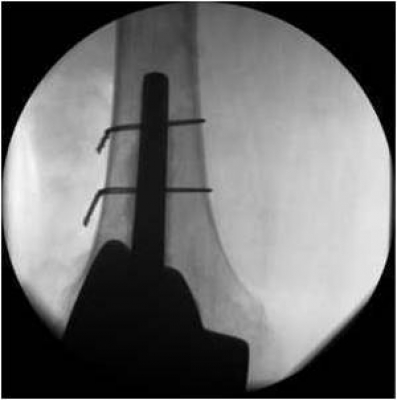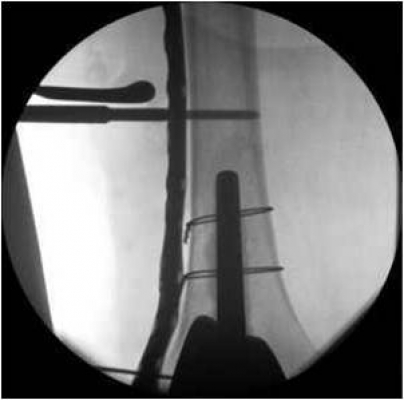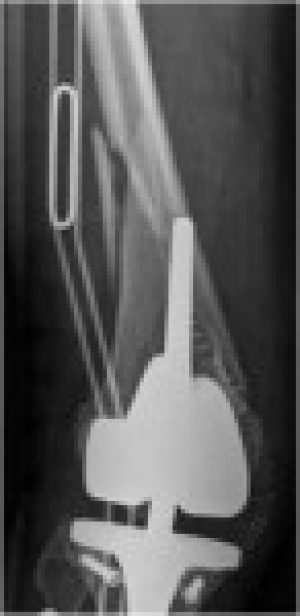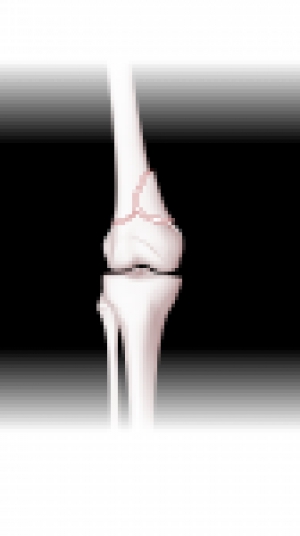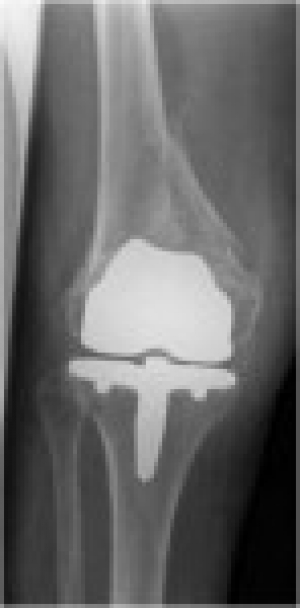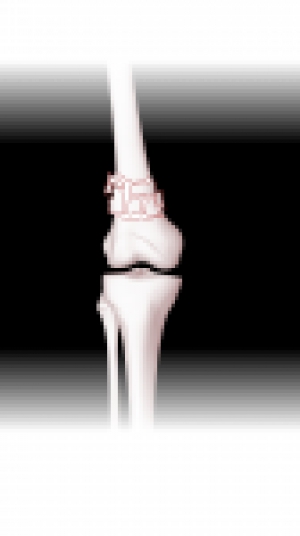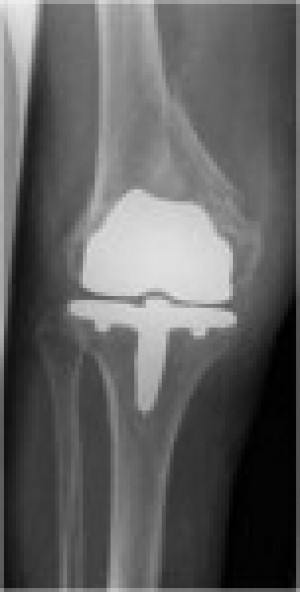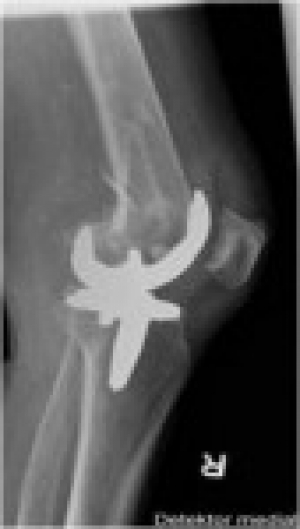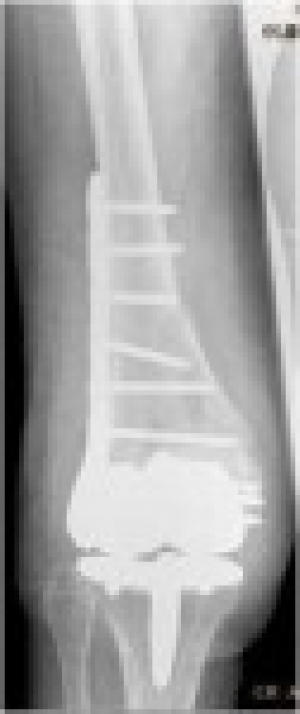Define Fracture Pattern
The Lewis Rorabeck classification does not describe the specific fracture in terms of the fracture pattern, bone quality or the prosthesis. In order to plan the reduction and fixation, different reduction techniques are possible.For Example in two part long spiral fractures (OTA Type 32 A1 or 33 A1) reduction can be achieved directly (forceps and cerclage wire/ lag screw)Therefore it is important to classify the fracture pattern according to the OTA classification.[1]
[1] Rüedi, T.P.; Buckley, R.E.; Moran, C.G.: AO Principles of Fracture Management – Second expanded edition, Volume 1-2; AO Publishing; Switzerland
https://www.zbinetworkemea.com/fracture/index.php/planning/rorabeck-i-ii/itemlist/category/47-reduction#sigProIdfa1ddae450
Case Study: Reduction of Rorabeck I & II simple fracture
The reduction of a simple fracture pattern e.g. a two part spiral fractures (OTA type 32 or 33-A1) can be achieved by using an open or mini-open approach. The incision has to be long enough to sufficiently expose the fracture region. The two fragments are reduced by the help of forceps until optimal contact with anatomical alignment of axis and rotation is achieved. The reduction forceps are then replaced by cerclage wires or cables or a lag screw.

